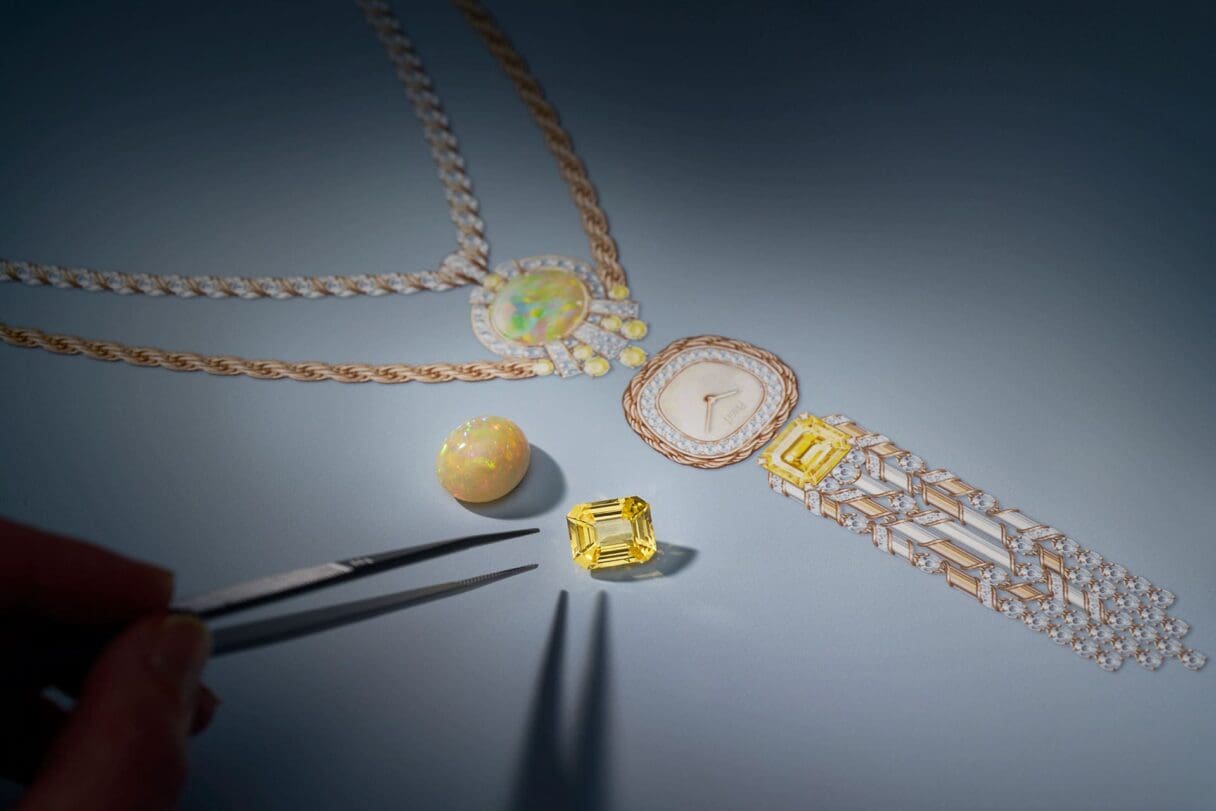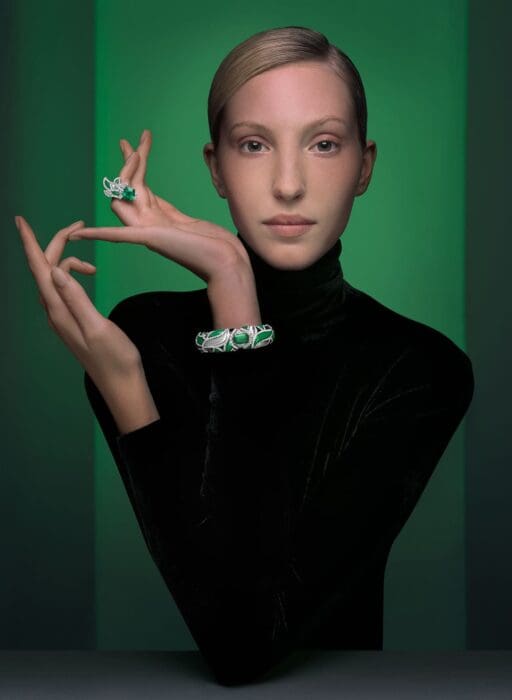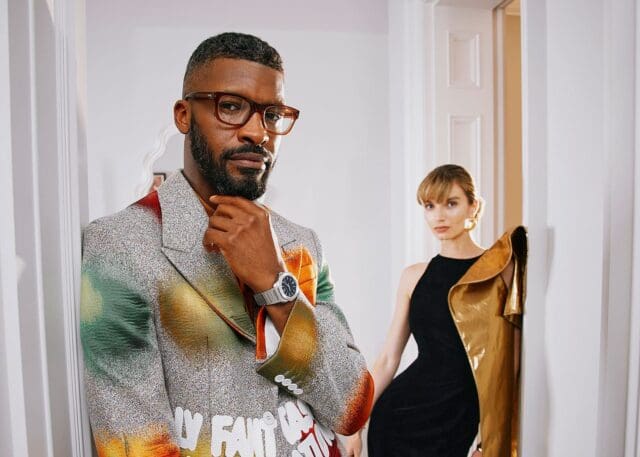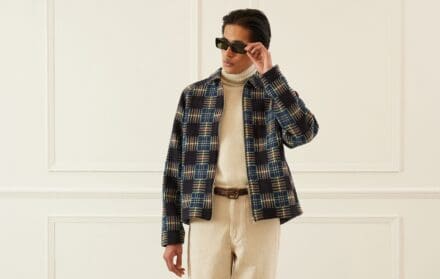
Women in Luxury: Stéphanie Sivrière, Design Director at Piaget
One of Europe’s most prominent jewellery designers talks the benefits of company loyalty and why having passion for your career is of utmost importance
With the modern vogue for changing firms and roles in the name of gaining experience and opportunities for progression, few and far between are those who can claim decades of loyal service to the same company – especially within the creative industries. Take, for example, the never-ending merry-go-round of creative directors at major fashion houses, few of whom seem to last more than a few years.
Not so for Stéphanie Sivrière, Director of the Piaget Design Studio for Jewellery, High Jewellery and Watchmaking, who recently celebrated 20 years at the brand. This longevity and her resulting inside-out knowledge of the house is, says Sivrière, vital for success in her role. “Even though I still discover new things and new details in a never-ending quest for inspiration, I now have most of the legacy in my head. The hardest part for me is to explain to my team why something is Piaget or not Piaget. It can take me up to two years to train a new designer to understand why, if you make it more asymmetric and less graphic, it conveys the Piaget signature. My biggest victory is when they start to feel it by themselves.”
Having begun her career in the heart of high jewellery making on the Place Vendôme in Paris, Sivrière joined Piaget in 2002 as a jewellery designer, working her way up to lead the house’s design studio and, along the way, establishing a burgeoning fine jewellery division at a brand once far better known as a watchmaker.

Early on, says Sivrière, “[I struggled with] finding my own voice and legitimacy. Piaget is a watchmaker who became a jeweller and, while now both universes are perfectly balanced, there was a time when watchmaking was so powerful that I, working for the jewellery department, felt less visible. It wasn’t easy to establish fine jewellery. At the same time, these challenges made it all so worth it and I now realise that we’re planting the seeds for the future.”
Tasking a creative with also being a manager and keeping in mind commercial sensitivities can often be a recipe for disaster, but Sivrière reveals a pragmatism that one feels lends her perfectly to the dual nature of her role. Her passion for the artistic side of her work is undeniable but so is the measured way she deals with the realities of business, be that the seemingly universal imbalance between manpower and workload or the inevitable wave of highs and lows that come with any job. “You just always learn and grow,” she says. “Resilience is such a powerful and humble tool, and the personal resilience benefits the professional results and vice versa.”
Something to do with art, that’s for sure, but I only learned about jewellery through a dear friend of my parents who was in the diamond industry. It just triggered something in me.
Never. I started my career by learning how to craft jewellery. Which is incredibly handy for my work today as I immediately associate design, wearability and construction, but I never thought one would lead to another.
It is never the same. Which is a good sign, otherwise I wouldn’t be in a creative studio. Roughly, there will always be a time in the week where I have to show sketches or product to the CEO for validation, where I’m in conversation with my team and the marketing teams to follow up on our current/future projects, where I’m at the manufacture or being chased by the development team to approve/correct a wax, the first parts of a necklace or the hues of a gemstone. Then I go home and start making art at my house, whether it’s painting or something else, I need to unwind.
I’ve been lucky enough to be at Piaget for more than 20 years. Over the years I’ve spotted some elements which could, and did, become visual signatures for the current collection. A good example would be the Décor Palace engraving. It’s only one of many (we counted more than 100) gold engravings [in the Piaget archives] but it had something, so I pulled it out and used it on the high jewellery and fine jewellery collections. I also love to work with three of our regular artists, who have become my friends. The dialogue we have is so precious and pushes us in new directions, whether it’s Nelly Saunier with feathers, Anita Porchet for enamel, or Rose Saneuil for marquetry. In November, we won a GPHG award for the Métiers d’Art watch we created with Rose Saneuil.


The best part is definitely when we have cracked the brainstorm on a future collection and it comes to life. The team and I lock ourselves in a room to kick off a new high jewellery collection; it is very frightening and creates a lot of stress and anxiety until you finally have one thread and the ideas and drawings start to go in the same direction. The moment we’re done and happy is a joy so intense, nothing compares to it. Then, of course, the next burst of joy happens when the CEO and the group approve the collection. Spying on the clients, press or seeing the first features is also amazing.
The worst part is starting all over again and, of course, being late – we never have enough time to cover what we must do. Especially in a maison which combines jewellery, watches, high jewellery and high watchmaking, as well as the bespoke requests on top of this.
When I gained the confidence of the maison and they gave me the watch division on top of jewellery, to become fully artistic director of the maison.
I’m an artist at heart; I need to switch off and explore new areas of inspiration. My brain is never off, as I’m always getting inspired by something, but I know when and how to take a much needed break from work. I paint or spend time with my two children.
Too many to count, but lately, my daughter, who is also going into the art world. I’m incredibly proud of her.
Empathy, leadership, good vibes and energy. I’m lucky to have such a great team, we spend a lot of time together and we just love it.
I have to say that it’s not something I paid attention to, being busy working with my team or my fellow artists, like Nelly, Rose and Anita. However, it is true that people are talking more and more about it now. But I define myself by my work above all and I think it’s the same for my colleagues. They are passionate, talented artists above all.

What has changed is the multitude of projects we have to handle. Teams are less staffed, the focus is more diverse and the projects are piling up. You have to be a multitasker above all and pay attention to a multitude of constraints that were less prominent before.
To keep going but to never forget to have fun and enjoy every single moment. Twenty years have gone by in the blink of an eye.
Nurture your passion, look at everything, never stop learning and challenging yourself.
Visit piaget.com
Read more: Women in Luxury – Patricia Caring, CEO of The Birley Clubs






